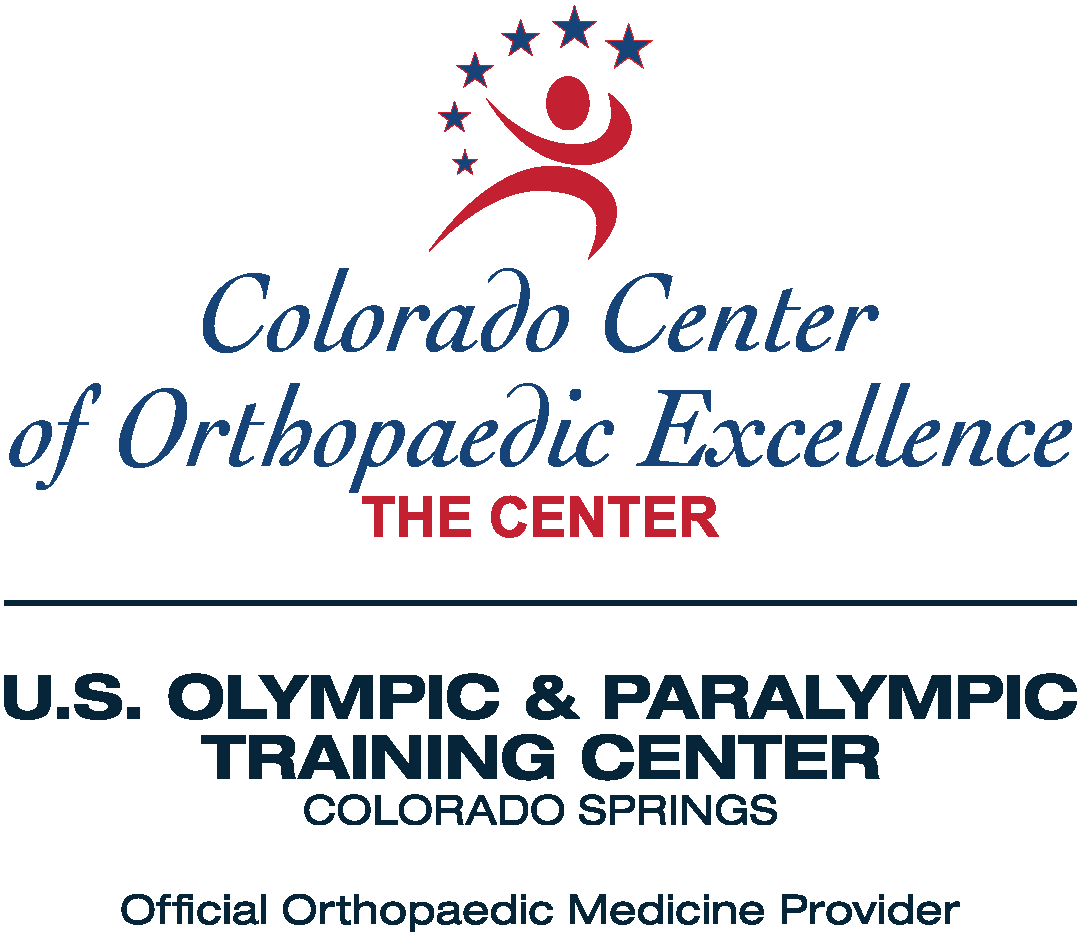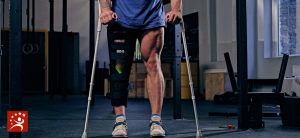Shoulder pain can come from a number of sources – some more obvious, like a traumatic injury, and others that may develop more subtly over time from overuse or arthritis. The best treatment depends on the type of injury you have and what bone, muscles or tendons are injured.
If you’re experiencing shoulder pain that doesn’t improve with rest, ice or other at-home treatments, it may be time to work with an orthopedic specialist to determine the cause of your pain and treatment that’s best for you.
Here are two of the most common causes of shoulder pain:
Rotator Cuff Injuries
The rotator cuff is a grouping of tendons and muscles that surrounds the shoulder joint. This tissue tends to be injured in one of two ways:
- Wear and tear over time due, in part, to repetitive activities like baseball and tennis or repetitive motions around the house or on the job, such as swinging a hammer or painting. These activities can cause irritation and inflammation which may be diagnosed as tendonitis in the rotator cuff, or as impingement, when the inflammation causes the tendons or bursa to become pinched. People may report an achy pain that disrupts their daily activities as well as their sleep.
- A sudden, traumatic situation, such as a sports injury, collision or a FOOSH (fall onto an outstretched hand). These injuries often result in a tear of one or more of this group of muscles, which can vary in severity depending on the level of trauma. Impingement may also occur. Many patients report more severe throbbing pain when their rotator cuff is torn suddenly.
Can a rotator cuff tear heal on its own?
Regardless of the cause or severity, rotator cuff tears typically do not heal on their own, and only surgery can repair the torn tissue. This is important if your goal is to return to a level of activity you enjoyed before the tear. However, surgery is not the answer for everyone.
Depending on age, lifestyle and goals, rest, ice and anti-inflammatory pain relievers may be able to minimize pain, while physical therapy and exercise can achieve a level of strength and range of motion that meets a patient’s needs. Maintaining range of motion is important to allow for day-to-day and self-care activities like showering and dressing.
Osteoarthritis
Osteoarthritis comes with wear and tear on joints over time. It damages the smooth cartilage that covers and protects our bones. As cartilage around the shoulder and clavicle wears away, people typically experience painful bone-on-bone friction. This happens more frequently in the “AC” joint of the clavicle (AC is short for acromioclavicular).
There is no cure for arthritis in any joint, but rest, ice, and nonsteroidal anti-inflammatory drugs such as ibuprofen can help patients manage pain, and again, physical therapy and exercises allow patients to maintain or improve range of motion to maintain some level of activity. Corticosteroid injections also temporarily reduce inflammation and pain.
When does shoulder pain mean surgery?
When a patient’s pain and/or mobility cannot be managed with non-surgical techniques, a patient and orthopedic specialist may determine together that surgery can provide the best outcome. Depending on the nature and severity of the injury, an orthopedic specialist may suggest arthroscopy or arthroplasty:
Arthroscopy is a minimally invasive procedure that is often used for milder cases of arthritis and smaller muscle or tendon tears. A surgeon cleans out the affected joint or repairs a tear by making tiny incisions and using a fiberoptic camera to guide miniature surgical tools. This procedure does not eliminate the arthritis but can reduce pain. It may need to be repeated in the future as further damage occurs.
A partial or total shoulder replacement is known as arthroplasty and replaces damaged tissue with prosthetics. This surgery is considerably more involved and there are several methods that can be used depending on the patient’s specific circumstances. Reverse shoulder replacement, for example, is often recommended when a rotator cuff is completely torn and beyond repair.
Shoulder pain can range from inconvenient to debilitating. If you’ve been coping with shoulder pain, talk with one of our total joint specialists who diagnose and treat all types of shoulder pain. Use our easy scheduling tool to visit us at either of our convenient Colorado Springs locations.














